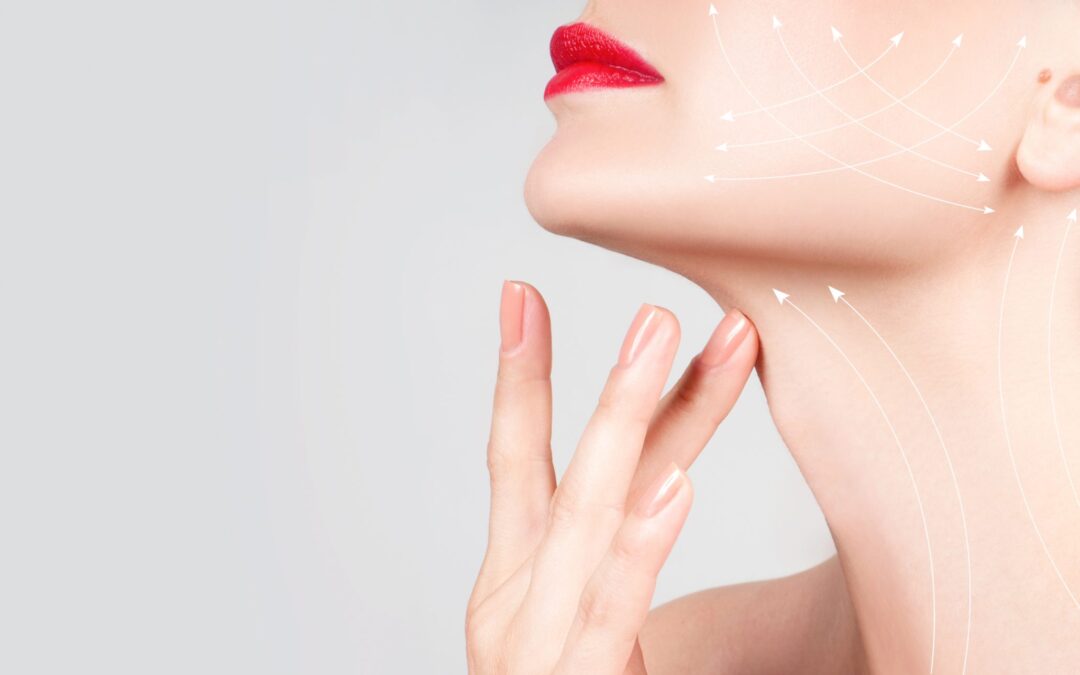
by Enfieldabudhabi | Sep 26, 2025 | Health
A well-defined neck and jawline can dramatically enhance your overall appearance, adding elegance and youthfulness to your profile. Over time, factors like aging, genetics, and lifestyle can cause the skin and muscles of the neck to loosen, leading to sagging skin, wrinkles, and loss of definition. Fortunately, a Neck Lift in Abu Dhabi offers an effective and lasting way to achieve a sculpted neck, restoring contours and boosting confidence.
What Is a Neck Lift?
A neck lift is a specialized cosmetic procedure designed to tighten and rejuvenate the neck area. Unlike non-invasive treatments that target only the surface, this surgical technique works on the deeper layers of skin, muscle, and fat to create a firmer and more youthful neckline. The procedure often involves removing excess skin, tightening loose muscles, and repositioning or removing fat deposits.
By addressing these underlying issues, a neck lift can restore smoothness and definition to the neck, enhance the jawline, and balance facial proportions.
Why Consider a Neck Lift in Abu Dhabi?
Abu Dhabi is known for its access to cutting-edge medical technology and skilled aesthetic practitioners who tailor treatments to individual needs. Choosing a neck lift in this city means benefiting from advanced surgical methods and personalized care designed to achieve natural, harmonious results.
Many residents and visitors choose neck lift surgery here because it offers a reliable, long-lasting solution to neck aging concerns with minimal downtime and discreet scarring.
The Benefits of a Sculpted Neck
A neck lift can transform your appearance in several meaningful ways:
-
Restores Definition: By tightening loose skin and muscles, the procedure creates a sharper, more contoured jawline and neckline.
-
Reduces Sagging: Eliminates “turkey neck” appearance caused by excess skin and muscle laxity.
-
Improves Skin Texture: Removal of excess skin and stimulation of tissue renewal can lead to smoother, more youthful skin.
-
Enhances Confidence: A sculpted neck often boosts self-esteem and overall satisfaction with one’s appearance.
The result is a neck that complements your face’s natural beauty, enhancing your profile without looking artificial or overdone.
The Neck Lift Procedure: How It Works
Initial Consultation
Your journey begins with a thorough consultation to discuss your concerns, examine your neck and facial anatomy, and outline your aesthetic goals. This step is essential for creating a personalized surgical plan.
Surgical Technique
The surgeon will typically make small incisions behind the ears and sometimes under the chin. Through these, they access the muscles and skin to tighten the platysma muscle, remove excess fat, and excise loose skin. This recontouring restores a youthful neck profile.
Recovery and Results
Recovery usually involves mild swelling and bruising for several days. Most people resume normal activities within two weeks. As healing progresses, the neck appears smoother and more defined. Final results are visible after several months, revealing a rejuvenated, sculpted neckline.
Is a Neck Lift Right for You?
Ideal candidates for a neck lift are individuals experiencing:
-
Loose or sagging neck skin
-
Muscle banding or “cords” in the neck
-
Excess fat deposits causing fullness under the chin
-
Desire for a long-lasting, natural-looking improvement
Good overall health and realistic expectations are important for a successful outcome.
Maintaining Your Sculpted Neck
Post-surgery, protecting your skin from sun exposure, maintaining a healthy lifestyle, and following your surgeon’s advice will help prolong your results. Many patients also incorporate skin care treatments and non-surgical options to maintain their youthful neck contours.
Frequently Asked Questions About Neck Lift Surgery in Abu Dhabi
How long does the surgery take?
The procedure typically lasts between one to three hours, depending on the extent of correction.
Will there be visible scars?
Incisions are placed in discreet locations, such as behind the ears or under the chin, making scars minimally visible and well-concealed once healed.
How soon can I return to daily activities?
Most individuals can resume light activities within one to two weeks, though strenuous exercise should be avoided for several weeks.
Are the results permanent?
While aging continues, the structural improvements from a neck lift provide long-lasting rejuvenation, often lasting many years.
Is the procedure painful?
Discomfort is generally manageable with prescribed medications and subsides within the first week.
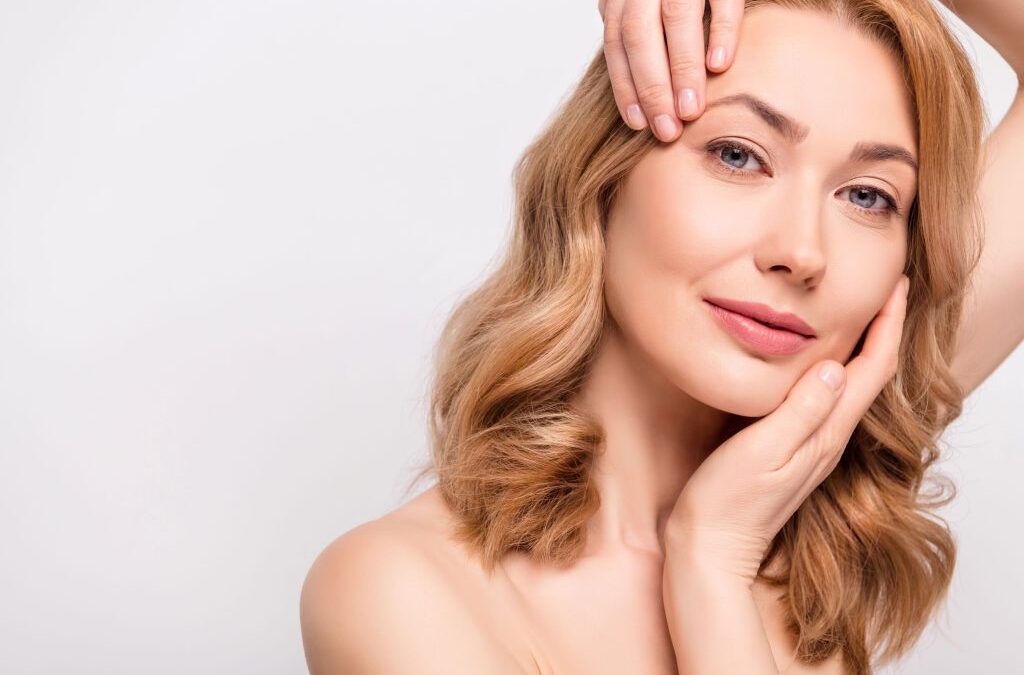
by Enfieldabudhabi | Sep 26, 2025 | Health
Brow lift surgery is a popular cosmetic procedure for those seeking to refresh their facial appearance by elevating sagging eyebrows and smoothing forehead lines. Brow Lift Surgery in Abu Dhabi is a trusted solution to achieve a more youthful and alert look, where advanced aesthetic services are readily available. Understanding what to expect before and after the procedure is crucial for anyone considering a brow lift to ensure a smooth experience and satisfying results.
Preparing for Brow Lift Surgery in Abu Dhabi
Initial Consultation and Assessment
The first step involves a detailed consultation with a qualified aesthetic professional. During this visit, your facial structure, skin condition, and personal goals are carefully evaluated. This helps to determine whether a brow lift is the most appropriate procedure and which technique would best suit your needs.
Your practitioner will also discuss your medical history, current medications, and any lifestyle factors that could influence healing. Clear communication about your expectations will help ensure your goals align with what the surgery can realistically achieve.
Preoperative Instructions
Before surgery, you may be advised to avoid certain medications, supplements, and habits that could increase bleeding risks, such as aspirin, anti-inflammatory drugs, and smoking. Maintaining good hydration, a balanced diet, and adequate rest supports optimal healing.
It is important to arrange for transportation and assistance on the day of surgery and during the early recovery phase, as you may experience some temporary discomfort and limited mobility.
The Day of the Procedure
Brow lift surgery is typically performed under local anesthesia with sedation or general anesthesia, depending on the complexity and your preferences. The procedure duration usually ranges from one to two hours.
The surgeon will make incisions either within the hairline (endoscopic technique) or in other discreet areas, lifting the brow tissues and removing excess skin if needed. The incisions are then carefully closed with sutures or surgical staples.
You may notice some immediate changes in the brow position, but the full effect will develop over the coming weeks.
Recovery After Brow Lift Surgery
Initial Healing Phase
Swelling, bruising, and mild discomfort are common in the first few days after surgery. Applying cold compresses and keeping your head elevated can help reduce swelling. Pain is generally manageable with prescribed medications.
During this time, it’s important to avoid strenuous activities, heavy lifting, and bending over, which can increase blood flow to the head and exacerbate swelling or bleeding.
Sutures Removal and Follow-Up
Depending on the technique used, sutures may be removed within one to two weeks. Follow-up appointments will ensure the incision sites are healing well and that there are no signs of complications.
Resuming Normal Activities
Most patients can return to work and light daily activities within 7 to 14 days, although residual swelling may linger for a few weeks. Sun protection is crucial to prevent pigmentation changes in healing skin.
Full recovery, including the disappearance of swelling and the softening of scars, can take several months, during which the final results gradually become apparent.
Long-Term Results and Maintenance
The effects of a brow lift are long-lasting, often maintaining a youthful brow position for several years. However, it’s important to remember that natural aging continues. Many individuals choose to combine brow lifts with other treatments such as eyelid surgery or skin resurfacing for comprehensive facial rejuvenation.
Maintaining a healthy lifestyle, protecting skin from sun exposure, and following skincare recommendations can help prolong the benefits of surgery.
Common Questions About Brow Lift Surgery in Abu Dhabi
Will the surgery leave visible scars?
Incisions are strategically placed to minimize visible scarring, often hidden within the hairline or natural skin creases.
Is the procedure painful?
Discomfort is generally mild and well-controlled with medication. Many patients describe feeling pressure or tightness rather than pain.
How soon can I drive after surgery?
Driving should be avoided until you are no longer taking sedatives or pain medications and feel confident in your reaction time—typically after one to two weeks.
Are results immediate?
Initial improvement is noticeable right after surgery, but swelling and bruising may obscure the full effect until healing progresses.
Can a brow lift be combined with other procedures?
Yes, combining procedures can enhance overall facial rejuvenation and may be planned during your initial consultation.
Final Thoughts
Choosing to undergo brow lift surgery in Abu Dhabi involves thoughtful preparation and understanding of the recovery journey. The procedure offers a reliable path to restoring youthful brow positioning and a refreshed facial expression. By knowing what to expect before and after surgery, you can approach your transformation with confidence and optimism.
If you’re considering a brow lift, ensuring a thorough consultation, following pre- and post-operative guidelines, and partnering with experienced professionals in Abu Dhabi will help you achieve the best possible outcome.
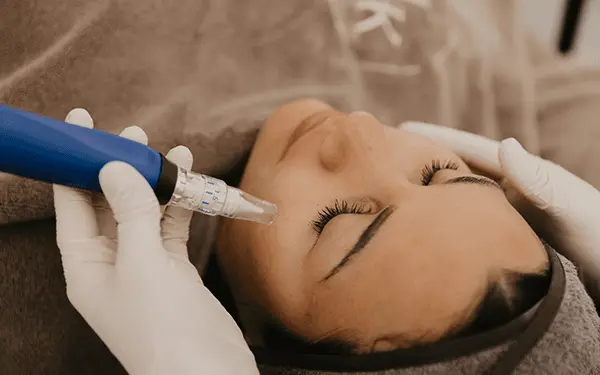
by Enfieldabudhabi | Sep 25, 2025 | Health
Acne scars can be a persistent reminder of past skin struggles, often lingering long after the breakouts themselves have faded. While skincare routines may help maintain healthy skin, treating deeper acne scars requires a more advanced approach. Laser Acne Scar treatment in Abu Dhabi is a highly sought-after solution for achieving smoother, more even skin — safely and effectively.
With modern technology and customized treatments available, residents and visitors in Abu Dhabi can access results-driven solutions tailored to individual skin types and scar severity.
Understanding Acne Scars and Why They Form
Acne scars form when severe acne causes deep damage to the skin and tissue beneath. As the skin attempts to repair itself, it may produce too little or too much collagen, resulting in different types of scars such as:
-
Atrophic scars: Depressed scars like ice pick, boxcar, and rolling scars.
-
Hypertrophic scars: Raised scars due to excess collagen.
-
Post-inflammatory hyperpigmentation: Dark marks left behind after acne heals.
Treating these scars effectively requires stimulating skin renewal and collagen production — which is precisely what laser technology offers.
Why Choose Laser Acne Scar Removal?
Laser treatments have transformed the way acne scars are treated. They work by using concentrated beams of light to target damaged skin layers and stimulate collagen remodeling. This not only smooths the skin’s surface but also improves texture, reduces pigmentation, and restores clarity.
In Abu Dhabi, laser acne scar removal is popular because it is:
-
Minimally invasive
-
Highly effective for all scar types
-
Customizable based on skin tone and sensitivity
-
Performed using state-of-the-art technology
With professional care, many individuals experience a significant reduction in scarring and visible improvement in skin smoothness after just a few sessions.
Types of Laser Treatments Available
Fractional CO₂ Laser
This is a powerful option for deep, indented scars. It removes tiny columns of skin while leaving surrounding tissue intact, speeding up healing and encouraging new, healthy skin to form. Over time, this leads to a smoother and firmer surface.
Erbium YAG Laser
This gentler ablative laser is ideal for more superficial scars or individuals with sensitive skin. It resurfaces the outermost layers and stimulates collagen without causing excessive redness or downtime.
Pico Laser Technology
A fast-pulse laser that breaks apart pigmentation and lightly resurfaces the skin. It’s an excellent choice for treating post-inflammatory hyperpigmentation along with shallow scars, especially in medium to lighter skin tones.
Non-Ablative Laser Treatments
These focus more on collagen stimulation from within the skin without removing surface layers. They are great for those looking for gradual improvement with minimal to no downtime.
Each of these options is selected based on the type of scarring and individual skin characteristics, often determined during a pre-treatment consultation.
What to Expect During Treatment
Laser acne scar removal in Abu Dhabi typically follows a comfortable, step-by-step process:
-
Consultation: The practitioner examines your skin, identifies scar types, and recommends the most suitable laser.
-
Prepping the Skin: A numbing cream may be applied to reduce discomfort. For some lasers, skin priming treatments may be used.
-
Laser Session: Treatment usually lasts 30 minutes to 1 hour, depending on the size of the area.
-
Post-Care Guidance: Aftercare instructions are provided to protect your skin and maximize results.
Recovery and Results
The recovery process depends on the intensity of the laser treatment. With non-ablative options, you may return to daily activities immediately. Ablative treatments, on the other hand, may require several days to a week of healing, during which the skin may appear red, dry, or slightly swollen.
Common Recovery Features:
-
Mild redness and warmth post-treatment
-
Dryness or flaking as the skin renews itself
-
Gradual improvement in texture and tone over weeks
Full results usually become visible after several weeks, with ongoing collagen production leading to continued skin improvement over months. For deeper scars, multiple sessions may be recommended.
Benefits of Laser Acne Scar Removal in Abu Dhabi
Choosing laser scar treatment in Abu Dhabi offers many advantages:
-
Access to advanced laser technology
-
Skilled and experienced skin specialists
-
Custom-tailored treatment plans
-
Minimal downtime and long-term benefits
-
Comfortable clinical settings and aftercare support
The city’s medical aesthetics industry is known for high standards, attracting patients both locally and internationally who seek effective skin rejuvenation procedures.
Is Laser Acne Scar Treatment Right for You?
You may be a good candidate if you:
-
Have visible acne scarring that hasn’t responded to topical treatments
-
Are in overall good health with no active acne breakouts
-
Are willing to commit to aftercare and sun protection
-
Want a non-surgical solution for smoother skin
A professional consultation is essential, as your skin type, tone, and scarring pattern will influence which laser is safe and most effective for you.
How Many Sessions Are Needed?
Most patients need a series of treatments for optimal results. The exact number depends on factors such as:
-
Type and depth of scars
-
Chosen laser technology
-
Skin’s healing response
Generally, 3 to 6 sessions spaced several weeks apart are common. Improvement can usually be seen after the first session, but the best results build gradually over time.
Tips for Maintaining Smooth, Scar-Free Skin
Once you’ve undergone treatment, maintaining your results is key. Here’s how to keep your skin in top condition:
-
Use sunscreen daily to protect your new skin layers
-
Follow a gentle skincare routine with non-irritating products
-
Avoid picking at the skin or using harsh exfoliants
-
Stay hydrated and support your skin from within
-
Attend follow-up treatments if recommended
Final Thoughts
Laser acne scar removal in Abu Dhabi offers a promising path to smoother, clearer, and more even-toned skin. Whether you’re dealing with years of scarring or more recent blemishes, today’s laser technologies provide a range of options tailored to your needs — with real, visible results.
By choosing a personalized treatment plan and following professional guidance, you can confidently move closer to the complexion you’ve always wanted.
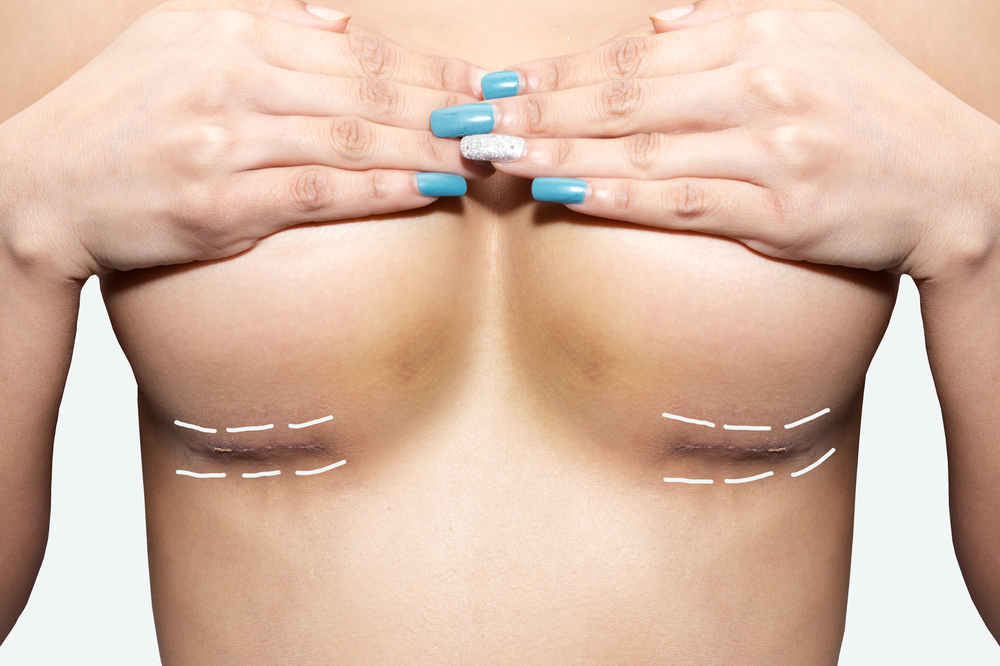
by Enfieldabudhabi | Sep 25, 2025 | Health
Breast augmentation is a transformative procedure designed to enhance the size and shape of the breasts, contributing to improved body symmetry and self-confidence. Breast Augmentation Surgery in Abu Dhabi allows individuals to benefit from the city’s advanced medical facilities and skilled professionals, offering a thorough and personalized approach to achieving their aesthetic goals.
What to Expect During the Process
1. Initial Consultation
The journey begins with a detailed consultation with a certified plastic surgeon. During this session, the surgeon will assess your medical history, discuss your aesthetic desires, and evaluate your physical condition to determine the most suitable approach for your breast augmentation.
2. Personalized Treatment Plan
Based on the consultation, a customized treatment plan is developed, outlining the type of implants (silicone or saline), size, shape, and placement (subglandular or submuscular) that aligns with your goals and anatomical considerations.
3. Pre-Operative Preparations
Before the surgery, certain medical tests and imaging may be required to ensure optimal health. The surgical team will provide instructions on dietary restrictions, medications, and other preparatory steps to minimize risks and promote a smooth procedure.
4. The Surgical Procedure
Breast augmentation is typically performed under general anesthesia. The surgeon makes discreet incisions, often in the inframammary fold, periareolar, or transaxillary areas, to insert the chosen implants. The procedure duration varies but generally lasts between 1 to 2 hours.
5. Post-Operative Care
Post-surgery, patients are monitored in a recovery area and may be discharged the same day or after a brief hospital stay. Surgeons provide guidelines on wearing supportive garments, managing discomfort, and caring for incisions to facilitate healing.
Available Options in Abu Dhabi
1. Implant-Based Augmentation
This traditional method involves inserting silicone or saline implants to achieve the desired breast volume and shape. It’s suitable for individuals seeking significant enhancement and has a well-established track record.
2. Fat Grafting (Lipoaugmentation)
For those desiring a more natural approach, fat grafting utilizes liposuction to harvest fat from areas like the abdomen or thighs, which is then purified and injected into the breasts. This method offers a subtle enhancement and utilizes the body’s own tissue.
3. Scarless Breast Augmentation
Advancements in surgical techniques have led to the development of scarless breast augmentation, where incisions are strategically placed to minimize visible scarring. This approach aims to achieve aesthetic results with minimal postoperative marks.
Recovery Insights
Recovery experiences can vary, but generally, patients can expect:
-
Initial Discomfort: Mild to moderate pain and swelling are common in the first few days.
-
Activity Restrictions: Limitation of strenuous activities and lifting heavy objects for several weeks.
-
Follow-Up Appointments: Regular check-ups to monitor healing progress and address any concerns.
-
Final Results: Full aesthetic results become evident after several months, once swelling subsides and implants settle.
Frequently Asked Questions
Q1: How long does the breast augmentation procedure take?
A1: The surgery typically lasts between 1 to 2 hours, depending on the complexity and chosen technique.
Q2: What are the types of breast implants available?
A2: The primary types are silicone and saline implants, each with distinct characteristics regarding feel, appearance, and potential risks.
Q3: Is fat grafting a permanent solution?
A3: While fat grafting offers natural enhancement, some of the transferred fat may be reabsorbed by the body over time, potentially requiring touch-up procedures.
Q4: Will there be visible scars after surgery?
A4: Surgeons aim to place incisions in inconspicuous areas to minimize scarring. However, some degree of scarring is inevitable but typically fades over time.
Q5: When can I resume normal activities?
A5: Most patients can return to light activities within a week, with a gradual return to full activities after 4 to 6 weeks, as advised by the surgeon.
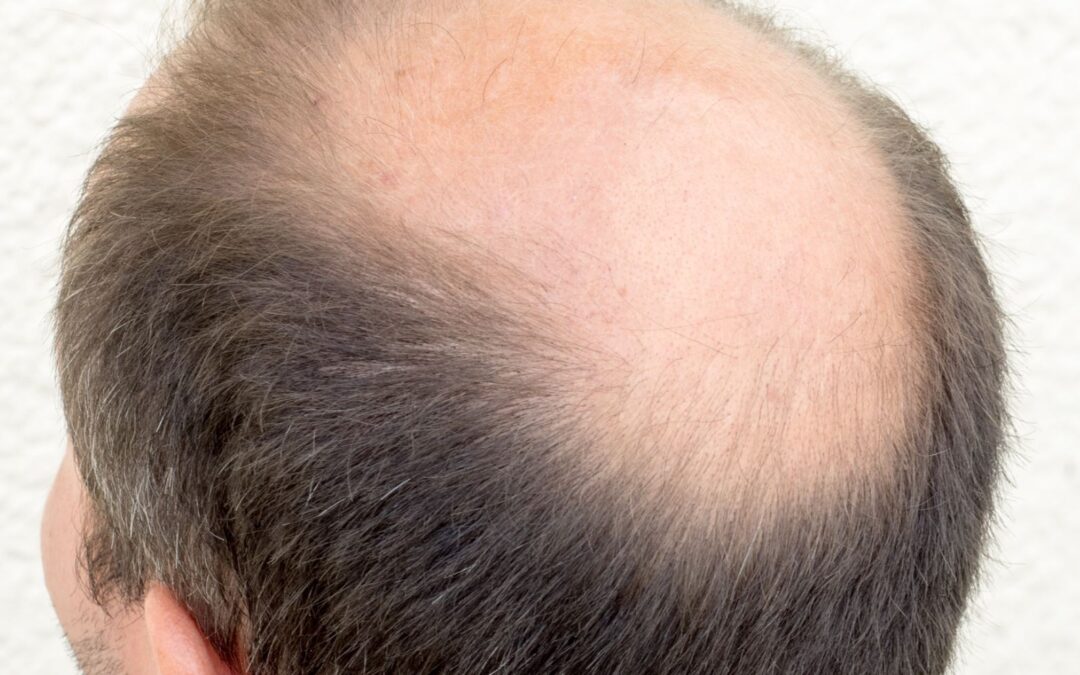
by Enfieldabudhabi | Sep 25, 2025 | Health
Many people find themselves concerned by hair thinning or visible balding at the crown (vertex) of their head. Whether triggered by genetics, age, or hormonal shifts, crown hair loss can influence self‑confidence and how one perceives themselves. Fortunately, Crown Hair Transplant in Abu Dhabi offer effective, modern options to restore hair in this area, delivering a renewed, natural look.
What Is Crown Hair Loss?
Crown hair loss refers to thinning or balding in the top rear part of the scalp, known as the crown or vertex. This region often shows diffuse thinning, or in some advanced cases, distinct bald patches. The pattern and progression of thinning at the crown vary among individuals, depending on heredity, hormone sensitivity, and overall scalp health. Because the crown is visible from many angles and sometimes hard to camouflage with styling, restoring it can make a significant aesthetic difference.
How Crown Hair Transplants Work
Crown hair transplants involve relocating healthy hair follicles from donor areas (often the back and sides of the scalp) where hair is more resilient, into the balding or thinning crown region. The goal is to achieve natural density, matching direction and angle of growth, so that the restoration blends seamlessly with existing hair.
There are multiple techniques available, including those that extract individual follicular units and those that transplant strips of donor tissue. The choice among these depends on the pattern of loss, donor hair quality, and individual goals.
Why Abu Dhabi Is a Strong Choice
Abu Dhabi has seen growth in its medical and cosmetic services, with facilities equipped with modern technology, skilled practitioners, and growing experience in hair restoration. The city offers access to expert teams who can plan crown transplants with attention to aesthetics and long‑term outcomes. For many, this means options for personalized treatment, high standards of hygiene, and robust aftercare frameworks.
What to Expect from the Procedure
A crown hair transplant typically begins with a consultation to assess hair loss pattern, donor area strength, hair texture, and goals. The procedure itself can take several hours, depending on how much restoration is needed. After the transplant, there is a healing period, during which transplanted follicles settle and begin to produce hair.
Initial regrowth often becomes visible in a few months, with more substantial density and visual improvement developing over about 6‑12 months. Proper care, including following post‑procedure instructions, is crucial to optimize results and ensure the transplanted hair grows healthily.
Key Considerations Before Getting a Crown Hair Transplant
To get the best outcome, there are several factors worth evaluating:
-
Donor Area Quality: The more robust and healthy the hair follicles in the donor region, the better the chances of achieving good density in the crown.
-
Stability of Hair Loss: If hair loss is still rapidly progressing, it may be advisable to wait until it stabilizes or combine transplant with other management strategies.
-
Hair Texture and Colour: Thick hair shafts or certain textures can give more visual coverage with fewer grafts; colour contrast between skin and hair also affects how dense the hair appears.
-
Patient Commitment to Aftercare: Following instructions (like avoiding strenuous activity, protecting the scalp, proper hygiene) plays a big role in success.
-
Realistic Expectations: Restoration in the crown tends to fill in over time, but achieving extremely dense coverage (as before major loss) may require more grafts or multiple sessions.
Benefits of Choosing a Crown Transplant in Abu Dhabi
Opting for crown hair transplant in Abu Dhabi can offer several advantages:
-
Natural appearance thanks to skilled placement of follicular units that mimic natural growth patterns.
-
Long‑term results, since transplanted hair typically retains resistance to the factors that cause hair loss in many parts of the scalp.
-
Greater confidence and satisfaction in one’s appearance.
-
Local access to follow‑up care and support, which helps monitoring and maintaining results.
Timeline and Recovery Highlights
After the procedure, the crown area will usually show initial signs of healing in several days. Some shedding of transplanted hair (a “shock loss”) is common before regrowth begins. Over the first few months, new hairs start emerging. By 6 to 12 months, one often sees much of the final visual improvement in density and integration with existing hair.
Full maturation of hair (thickness, texture matching) may continue beyond this point, depending on individual hair growth cycles and care.
Frequently Asked Questions About Crown Hair Transplant in Abu Dhabi
What kind of techniques are used for crown transplants?
Follicular unit extraction (FUE) is very common, allowing individual follicular units to be transplanted into the crown. In some cases, other techniques or hybrid methods may be used depending on the extent of hair loss and donor options.
How many grafts are typically required for the crown area?
The number varies depending on the size of the area, density desired, hair texture, and donor supply. Many transplant plans use somewhere between 1,000‑3,000 grafts for moderate crown thinning, though larger areas or higher density targets may need more.
How long will I wait to see results?
Initial regrowth often begins after a few months. Pregrowth becomes more visible by the 4‑6 month mark. Significant visible improvement tends to appear between 6‑12 months post‑procedure, with full results continuing to develop over time.
Can transplanted hair be treated just like normal hair?
Yes. Once the transplanted follicles have properly grown, the hair behaves like native hair. It can be washed, styled, trimmed, and colored similarly. Over time, it blends in with surrounding hair in texture and appearance.
Is the result permanent?
In many cases, yes. Hair transplanted from suitable donor areas tends to be more resilient and continues growing for many years. Maintenance and good scalp/hair care help ensure long‑lasting outcomes.
What should I expect in terms of recovery?
Most people return to everyday routines within a short period, though in the first few days there may be redness, crusting or swelling in the treated area. Avoiding heavy physical activity, protecting the scalp, and following post‑procedure instructions aids in faster recovery.





